By: Megan Holdaway, RDN
 Students across California are preparing to return to the classroom for the 2022–2023
school year. It’s an exciting time, as children look forward to new experiences and connections with teachers, school staff and peers. There is optimism for the upcoming school year, with a sense that the worst of the pandemic is behind us.
Yet children and schools are also changed by the experiences of the past few years, and complex issues continue to affect daily life.
Students across California are preparing to return to the classroom for the 2022–2023
school year. It’s an exciting time, as children look forward to new experiences and connections with teachers, school staff and peers. There is optimism for the upcoming school year, with a sense that the worst of the pandemic is behind us.
Yet children and schools are also changed by the experiences of the past few years, and complex issues continue to affect daily life.
One of the challenges many families face is food insecurity. More specifically, many children experience nutrition insecurity, meaning they don’t always have access to nutritious food that meets their needs or preferences for an active and healthy life. Poor nutrition can affect children’s growth and development, including behavioral health. Making sure all children have access to both nourishing foods and nutrition education is key to supporting their success.
School Meals Help Increase Healthy Food Intake
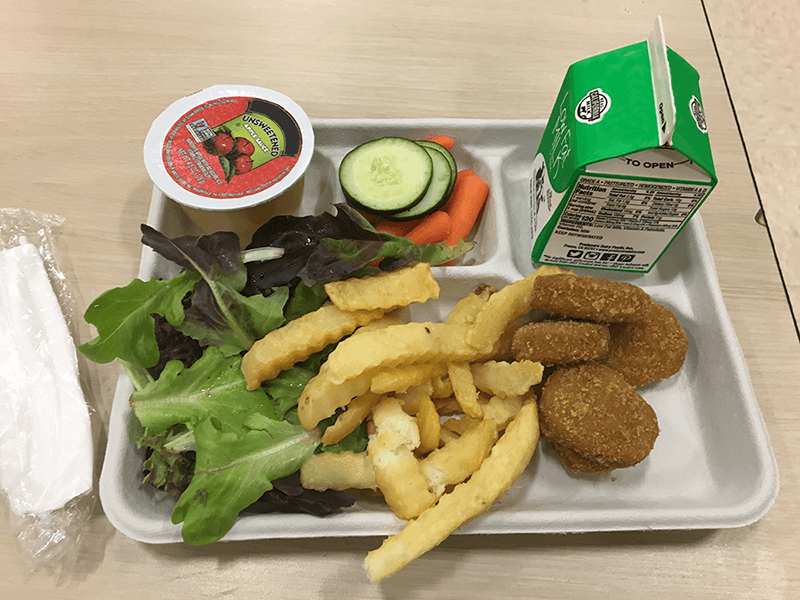 Together, the National School Lunch Program and the School Breakfast Program provide 30 million meals to students daily,
making school meal programs the second largest food safety net in the United States.1 For many children, school meals may be their best source of nutrient-dense foods, which are foods that have a higher number of vitamins, minerals, complex
carbohydrates, lean protein and healthy fats per calorie than less nutritious choices. School meals must meet specific nutrient and food group requirements, and research shows that children who participate in these programs eat more nutrient-dense
foods overall than those who do not participate.2
Together, the National School Lunch Program and the School Breakfast Program provide 30 million meals to students daily,
making school meal programs the second largest food safety net in the United States.1 For many children, school meals may be their best source of nutrient-dense foods, which are foods that have a higher number of vitamins, minerals, complex
carbohydrates, lean protein and healthy fats per calorie than less nutritious choices. School meals must meet specific nutrient and food group requirements, and research shows that children who participate in these programs eat more nutrient-dense
foods overall than those who do not participate.2
Dairy foods are an important part of school meals. They provide essential nutrients—calcium, vitamin D and potassium—that support optimal growth, bone health and overall health but are currently under-consumed by children.3 Milk, specifically, is a required and vital part of school meals because it is nutritionally rich, easy to consume and highly palatable, helping children meet their daily nutrient needs.
Momentum to Increase Access to School Meals
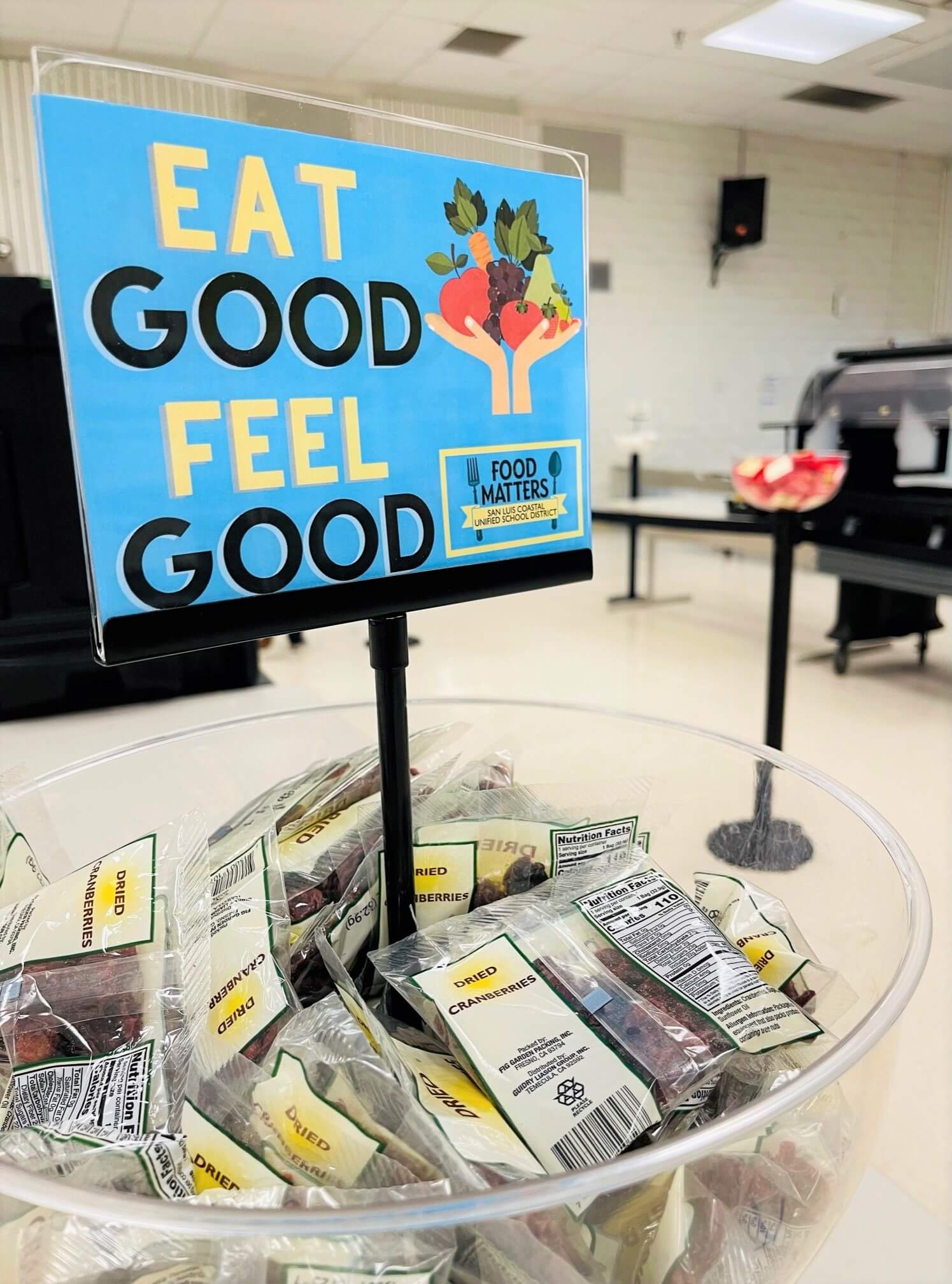 When the pandemic hit and schools closed, access to school meals came into sharp focus. To support children and families during the crisis, the USDA passed
a nationwide waiver making meals free to all students for the first time. This waiver expired at the end of the 2021–2022 school year, but the need for support continues. In California, the Free School Meals for All Act was passed in 2021, making
it the first state to offer two free meals daily to all public-school students. Though meals have been provided continuously since 2020, this state-funded
Universal Meals program for schoolchildren officially begins
in the 2022–2023 school year. Other states have passed or are considering similar laws, and momentum to increase access to school meals continues to build.
When the pandemic hit and schools closed, access to school meals came into sharp focus. To support children and families during the crisis, the USDA passed
a nationwide waiver making meals free to all students for the first time. This waiver expired at the end of the 2021–2022 school year, but the need for support continues. In California, the Free School Meals for All Act was passed in 2021, making
it the first state to offer two free meals daily to all public-school students. Though meals have been provided continuously since 2020, this state-funded
Universal Meals program for schoolchildren officially begins
in the 2022–2023 school year. Other states have passed or are considering similar laws, and momentum to increase access to school meals continues to build.
The Universal Meals program is important in transforming California schools, improving educational outcomes and enhancing the overall wellbeing of nearly six million public school students. This is the first step to helping end the stigma linked to low-income students receiving free or reduced-price school meals and bridging opportunity gaps that harm low-income students and students of color, particularly Black and Latinx children, and create a safe harbor where all children are nourished and able to thrive.
Nutrition Education Empowers Students’ Choices
Students need nutritious food, but more must be done to help them understand how their food choices impact their health both now and in the future. Nutrition education is a powerful tool that equips students with skills they can use to improve their health throughout life. Yet most children receive fewer than eight hours of nutrition education a year2—well below the number of hours needed for behavior change.
Fortunately, through Dairy Council of California, California educators have access to free, science-based nutrition education to equip students with lifelong skills to support healthy eating. A variety of educator-approved resources are available to teachers to fit their individual needs, including: 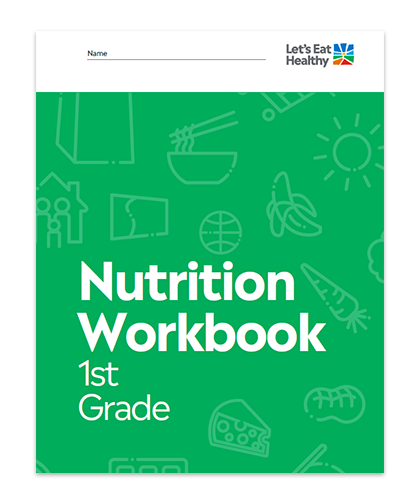
Learning skills and positive health behaviors supports physical, social and emotional health, as well as academic success. Access to nutritious food, combined with knowledge about how to make healthier choices, better supports students to grow, learn and excel.
Working Together to Create Change
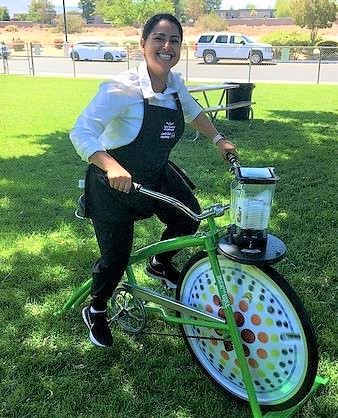 The pandemic brought awareness to the challenges many people face when it comes to accessing healthy food. As the new
school year begins, nutrition security for children should be a high priority in education and beyond. We all benefit when children are nourished and able to attend school without fear of hunger or stigma.
The pandemic brought awareness to the challenges many people face when it comes to accessing healthy food. As the new
school year begins, nutrition security for children should be a high priority in education and beyond. We all benefit when children are nourished and able to attend school without fear of hunger or stigma.
Creative collaboration among teachers, administrators, foodservice professionals and partnering organizations can help children access balanced meals and create healthy habits. A taste and teach lesson between Let’s Eat Healthy Community Nutrition Adviser Rajwinder Kaur and Rialto Unified School District is one example of partnership in action. Together, 650 students and 300 parents helped make smoothies while learning nutrition education and the benefits of dairy and agriculture in California.
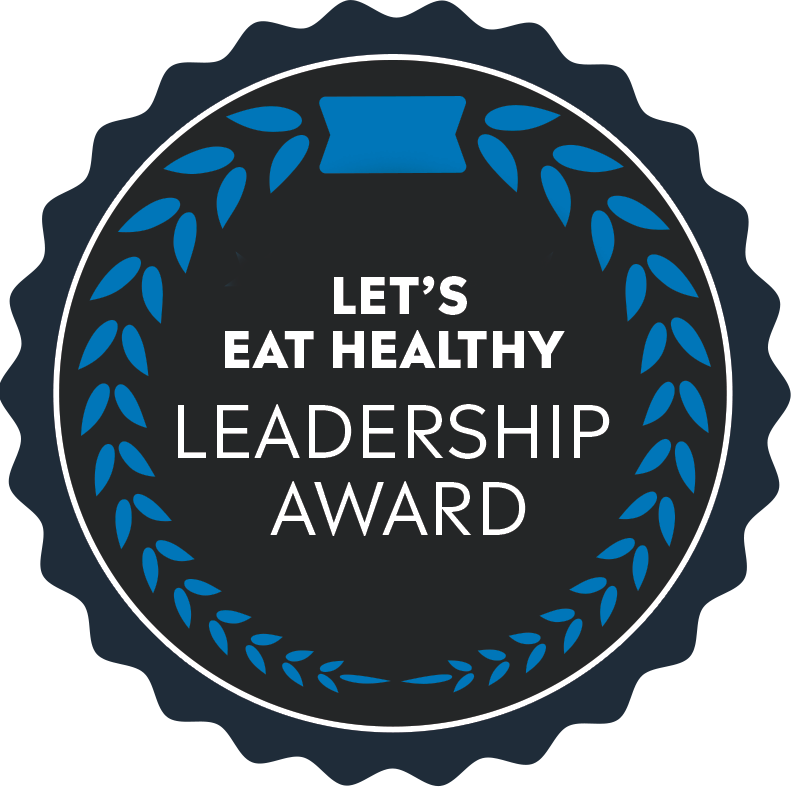 Dawn
Soto, Senior Training Specialist with Los Angeles Unified School District Food Services Division and winner of a Let’s Eat Healthy Leadership Award,
shared her belief in the importance of working together to inspire kids to make informed choices:
Dawn
Soto, Senior Training Specialist with Los Angeles Unified School District Food Services Division and winner of a Let’s Eat Healthy Leadership Award,
shared her belief in the importance of working together to inspire kids to make informed choices:
“Healthy eating is really important. I encourage you to think outside the box and step outside the classroom. Reach out to your school foodservice professionals and partner with them. We have an immense opportunity to reach every single child that steps through the cafeteria doors.”
The Let’s Eat Healthy Initiative is an opportunity for stakeholders, including educators, foodservice staff, health professionals and community leaders, to teach and inspire healthy eating habits and make healthy, wholesome foods accessible to all. Visit HealthyEating.org/Join to download the Let’s Eat Healthy Initiative Strategic Framework, which includes specific nutrition-based actions to improve the health of our communities. Working together will enable us to make a greater difference than any single organization or individual could make and will help ensure students have a strong and nutritious start to the school year.

Megan Holdaway, RDN
Megan Holdaway, RDN
Megan Holdaway is a registered dietitian nutritionist and the Nutrition Science Program Manager at Dairy Council of California.
Nutrition education equips students with important skills they can use to improve their health throughout life.
.png?sfvrsn=f4714d54_4)
Research continues to find that eating school meals every day is associated with healthier dietary intakes among U.S. schoolchildren.

Subscribe to our blog to stay up to date on the latest news, products, and more.